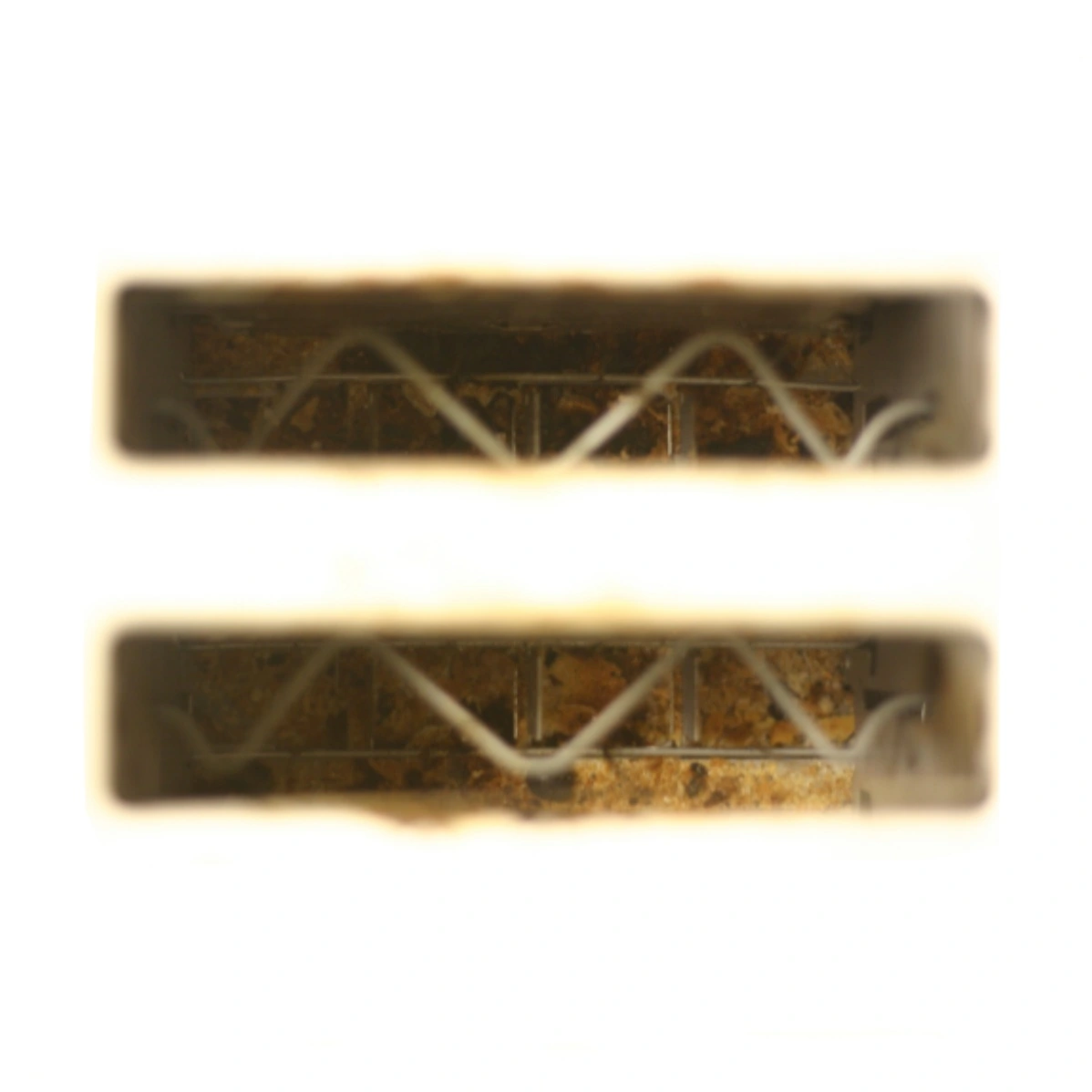See also: bioengineering.
As stated, use native plants only
deleted by creator
The Bradford pear was considered sterile. Until it wasn’t.
deleted by creator
Because “sterile” exotics often have a seed production rate at >0% in the best scenarios.
Why introduce an invasive species into the environment when there are plenty of natives that will do the trick? Stop being so lax with noxious weed contamination risks.Treevan has my respect. He’s got a lot for experience/knowledge on reclamation and permaculture.
That said, we come at things from two very different view points. I work exclusively with natural systems and minimal inputs/mgt as we are going in, establishing veg, and walking away.
He has more of an agro/forestry/intensive mgt perspective which can work, but I’m just not used to thinking like that.
deleted by creator
deleted by creator
Please be aware of local native plant populations when using this concept. In much of the US some species of willow and buckthorn are invasive, can out-compete native plants, and can result in a drastic reduction in local biodiversity. I recommend Doug Tallamy’s books Bringing Nature Home and The Nature of Oaks for anyone interested in native plant info. The writing is targeted at the US, but they’re easy reads and have a lot of good info.
I did/ do something similar on my balcony.
In the early spring this year, I cut some willow twigs and made them root, and then put them into my soil pots.
I use them as living climbing support. I constantly cut off the side twigs that sprout, to enable a linear growth, and wove them into each other.
I’ll post some pictures if I can find them :)
Looking forward to seeing it! :) consider posting on !balconygardening@slrpnk.net





